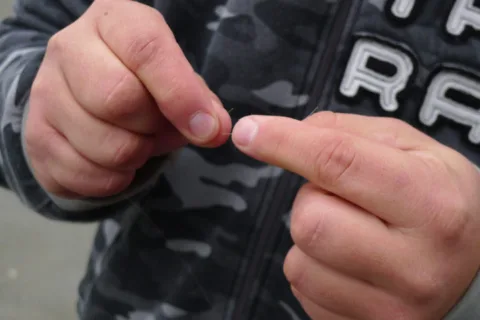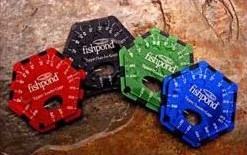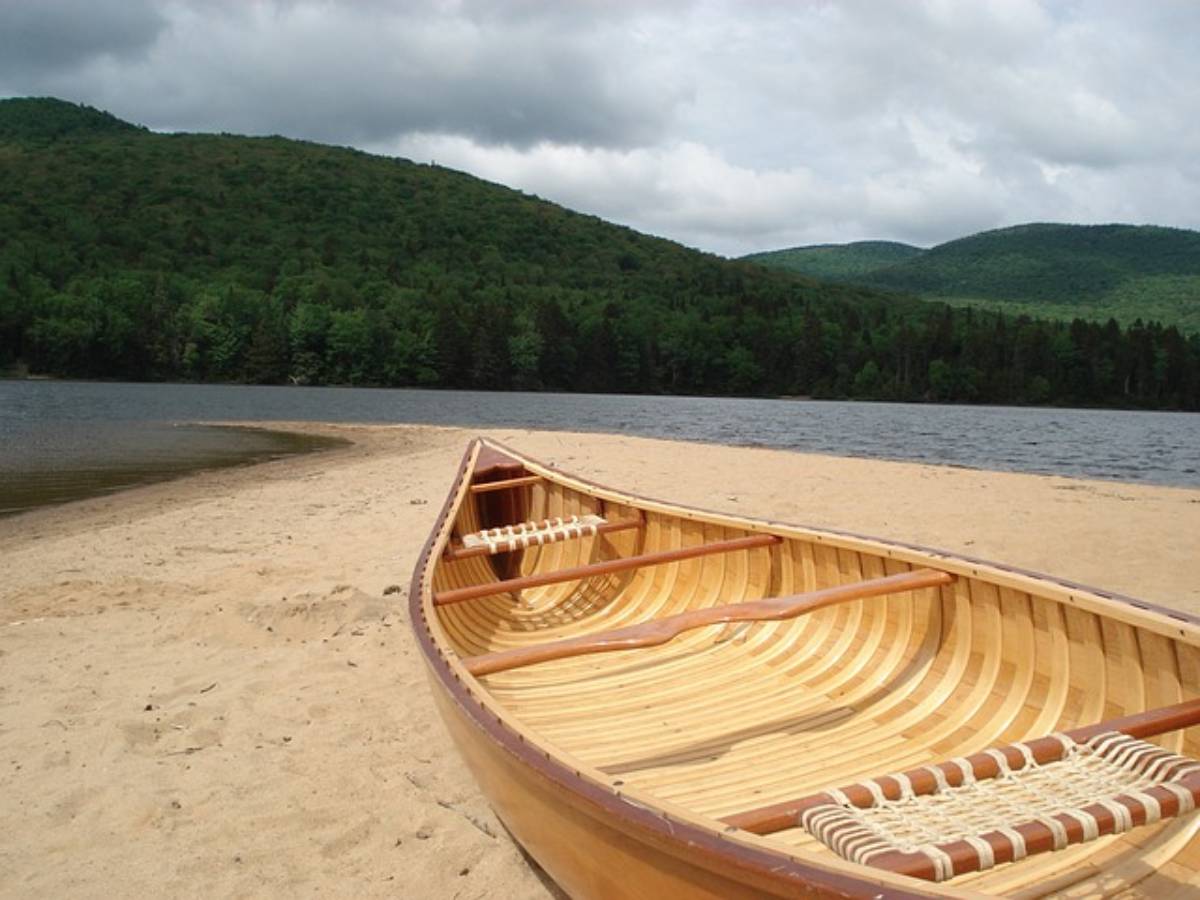You’ve got your rod and reel and fly line.
Next you need to have a leader tied to the end of your fly line.
Here’s what you need to know…
What Is A Leader?
A leader is usually more like regular old fishing line you may be familiar with.
It’s usually clear and tapered. Thick at the butt end, which is the end you connect to the fly line and much thinner at the terminal, or tippet end.
They are tapered to help transfer the casting energy and present the fly properly. They call it turning over the fly.
The terminal end is where you tie either a fly or some tippet material depending on the type of fishing you will be doing and the type of water you will be working.
You can buy leaders in many lengths. The two most common are probably 9 feet and 7-1/2 feet. I use longer leaders in waters that run more clear and with smaller flies.
Leaders run from simple single strand mono-filament to multi stranded affairs called furled leaders. I’ve never used a furled leader, but some folks swear by them. I’ll find one and try it and report back.
What Is Tippet?
Tippet is most often a fine mono-filament.
Sometimes it’s made of nylon, sometimes made of fluorocarbon, sometime made of stuff I’ve never even heard of.
It’s tied to the end of the leader and is smaller in diameter than the leader.
Tippet serves to lengthen the distance between your fly line and your fly and to provide the smallest, least visible to the fish, segment of fishing line tied to the fly. That’s about as simple of an explanation as I can figure out.
Many factors are brought into consideration when choosing tippet and some of them are fly size, leader length, water conditions, wind conditions and the type of fish you are trying to catch.
Tippet comes on small spools and the most common sizes I use are from 7X to 1X. 7X being the smallest diameter and quite delicate while the 1X seems like an anchor rope in comparison. I don’t know who came up with that sizing thing cause it just seems backwards to me, but they didn’t ask me for any input. Go figure.
Tippet is sold on small spools that are very convenient for carrying in a pocket or attached to a lanyard.
It’s a good idea to go ahead and buy several sizes of tippet. It’s not really that expensive and it’s important to have the correct size for your fishing conditions. Starting out, especially if you are going to be fly fishing for trout in your average trout waters, I’d get a spool each of 2X, 3X, 4X and 5X. I use other sizes, but not very often and I can usually get by with something from the list I just mentioned.
Must Read: Monofilament vs. Fluorocarbon (…to help you choose the right leader and tippet materials)
Now that you’ve got your tippet picked up, tie on a fly and go fishing!!!
Sharp hooks and tight lines,
Ron
I’m a fly fishing guide in Montana. One of my greatest pleasures in life is introducing people to fly fishing — watching them catch their first fish on a fly, and watching them ‘get it’ when it all comes together. I love sharing what I’ve learned in an easy-to-understand manner.





